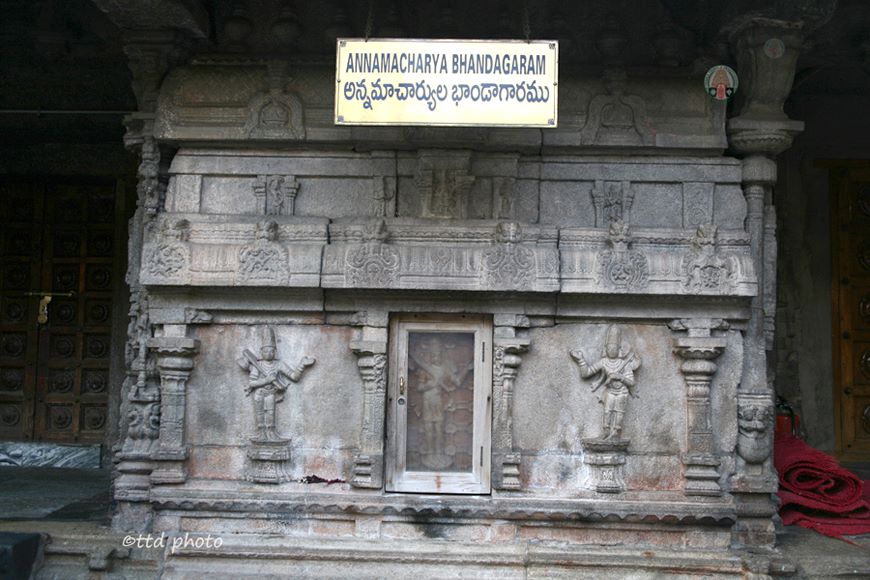Sankeerthana Bhandagaram Adjacent to Sabhera’s room a south-facing room is there. This room has big pillars with beautiful carvings on them. This is known as Sankeerthana Bhandagaram. Some call this room by name Tallapaka Ara i.e., room. There is a board which says that this is Annamacharya Bhandagaram. This Bhandagaram (treasury) room has wooden doors. Read More
Ads Blocker Detected!!!
We have detected that you are using extensions to block ads. Please support us by disabling these ads blocker.

